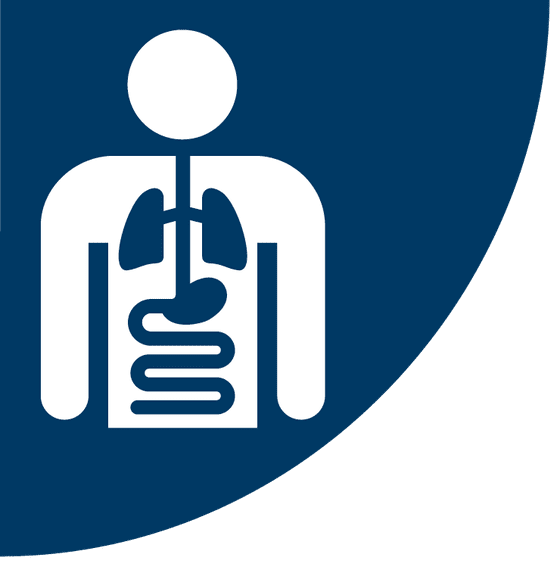NEWSWATCH
MOLD

NIOSH Evaluates Potential Mold Exposure in a University Building
Staff from NIOSH’s Health Hazard Evaluation Program recently responded to a request regarding employee concerns about potential exposure to mold in a building on a university campus. According to the agency’s report, employees reported respiratory illness, hives, sinus infections, hair loss, and gastrointestinal distress that they associated with working in the building. NIOSH personnel checked for moisture, water damage, and mold, and measured carbon dioxide, temperature, and relative humidity inside the building. Agency staff found an isolated instance of probable mold growth in one closet and some evidence of past water damage in several areas, but saw no evidence of a widespread, current mold problem. However, NIOSH’s report identifies several correctable issues, including inadequate ventilation and high humidity levels.
NIOSH recommended that the university stop planned environmental sampling for mold and work to improve the building ventilation. The agency suggested consulting with a licensed professional mechanical engineer to assess the building’s ventilation systems and making renovation of those systems a top priority to meet current ANSI/ASHRAE guidelines for maintaining acceptable indoor environmental quality (IEQ). NIOSH further recommended that the university implement an IEQ management plan to help ensure the proper operation and maintenance of heating, air-conditioning, and ventilating equipment; effective and timely communication with building occupants regarding IEQ; and proactive identification and management of projects that may affect IEQ, like redecoration, renovation, or relocation of personnel.
“Many of the symptoms employees reported, such as sinus problems and headaches, have been associated with damp buildings or inadequate ventilation but are common in the general population,” NIOSH’s report notes. “We found no evidence that other health problems reported by some individuals, such as hives and hair loss, among other things, were related to working in the building.”
The full report is available as a
PDF
.
